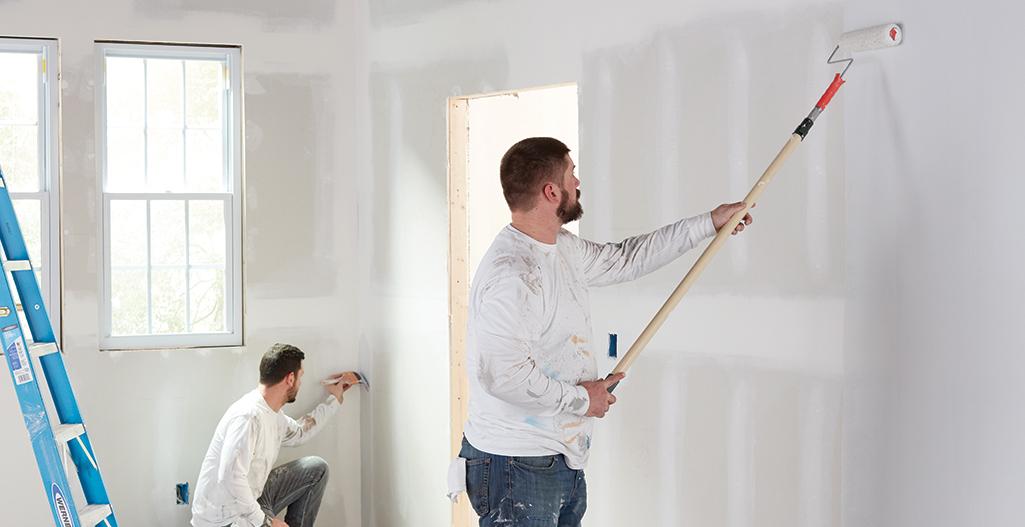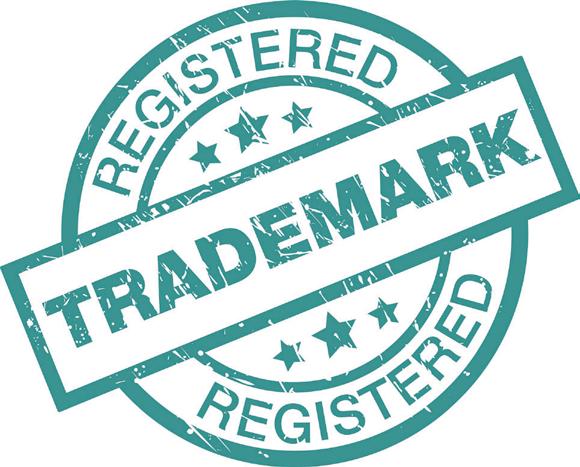
3 minute read
How KPIs can solve employee UNDERPERFORMANCE
Has COVID-19 revealed weak links in your team?
Whilst most tradies have forged ahead on with a can-do, positive attitude, grateful to be considered an ‘essential service’ amongst a world of uncertainty. There are the odd few whose true colours have shone through — and it’s weighing heavily on your mind and your bottom line.
If you’re trying to get your painting business back on track post-pandemic, how are you tracking your employee’s performance?
In our plumbing business, Dr. DRiP Plumbing, we set employee targets using key performance indicators (KPIs) — to understand which of our tradies are killing, and which are veering off route.
KPIs for your painters KPIs provide you as the trade business owner, information you can draw on to analyse and review employee performance against your business goals. And whilst your employees’ worth cannot be reduced down to just a number. If they are consistently underperforming (and the situation can’t be salvaged) — you’ll have real data to inform your decisions about the painters future in your business.
Which KPIs should be tracked — and why Setting achievable targets for your team is essential. As the painting business owner, it’s up to you to decide which KPIs matter to you and your business (these will be dependent on your style of work, how big your team is, and your business goals), using a Staff Performance Dashboard to track these.
To grab your copy of our Staff Performance Dashboard, and find out how to implement it in your painting business seamlessly, check out our KPI guide for tradies via this link -
https://www.lifestyletradie.com.au/painter-kpi
As a maintenance plumbing company, here are four examples of KPIs Dr. DRiP tracks:
1. Revenue per employee (Total invoiced out) This is a measure of what each employee brings in. It brings to light whether or not a team member is making you money, or costing you.
2. Profit per employee (Gross profit) This KPI breaks down profitability (excluding expenses). It measures how much money each of your painters is bringing in each day/week/ month over and above your break-even point.
3. Employee billable percentage This shows you the overall ratio of profitable work to non-profitable work each of your painters engages in. It demonstrates the relationship between “billable” and “non-billable” time.
4. Overtime per employee This can be interpreted in different ways. For us, we monitor how many hours a week our tradies are working. This is paid, and a necessary part of the job in our business.
Quick KPIs checklist In our trade business, we track KPIs on a weekly basis using our job management software (AroFlo) and accounting software (Xero), and review these with our team on a monthly basis.

Before you get started tracking your teams KPIs, ask yourself the following questions:
Are your KPIs easy to understand and measure? Does your team know why KPIs are important? Have you clearly communicated KPIs and expectations? What does accountability look like? How frequently will you track and review KPIs with team members? How will you track the data?
Ultimately, KPIs are for learning and decision-making, not judgement. They’re designed to drive collaboration and continuous improvement, so that your team is held accountable without fearful of job instability when they don’t quite hit their numbers. This is critical to creating a high-performance team for your painting business.
For further help in your business, visit our ‘Survive the Sh*t Storm’ hub, where you can download free strategies and resources: www.lifestyletradie.com. au/survive-the-sht-storm
-------------------------------------------------------------------- Lifestyle Tradie Lifestyle Tradie is an award-winning education service and community for tradies in business who want to make more profit and fast-track financial freedom.










